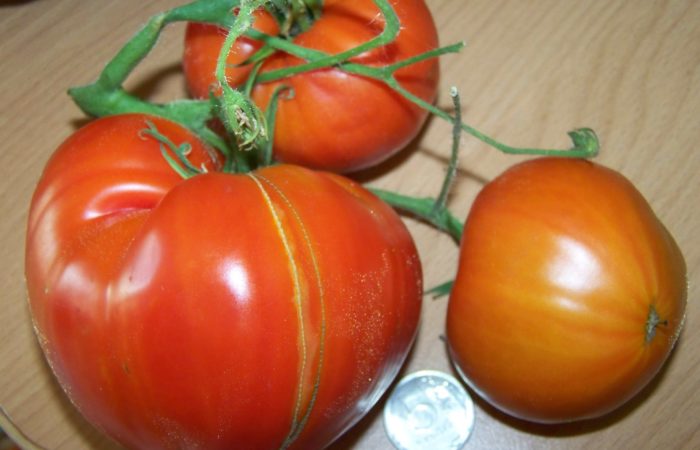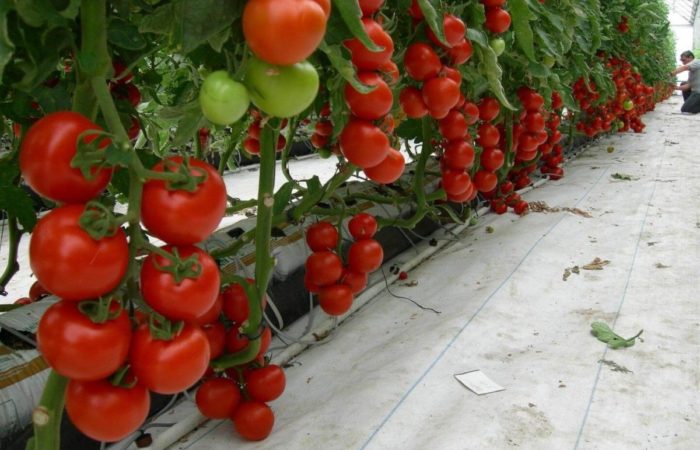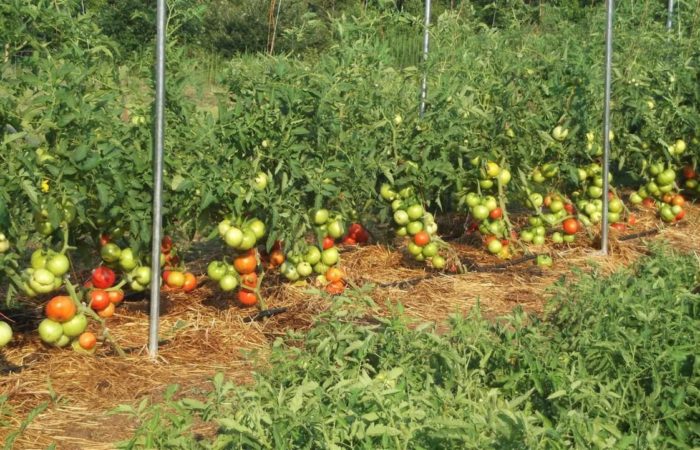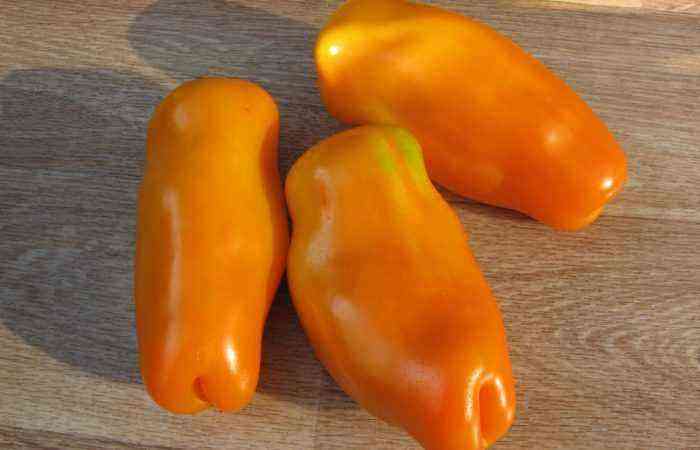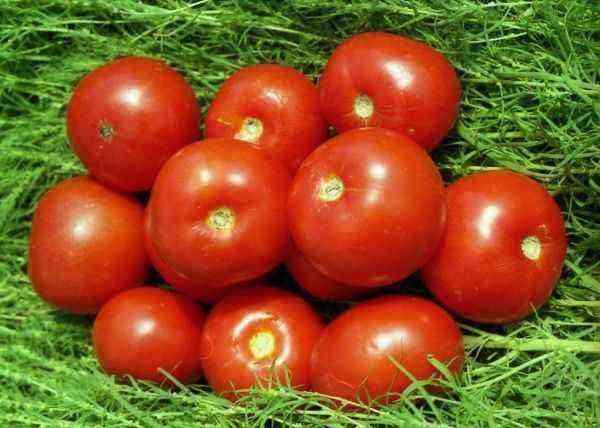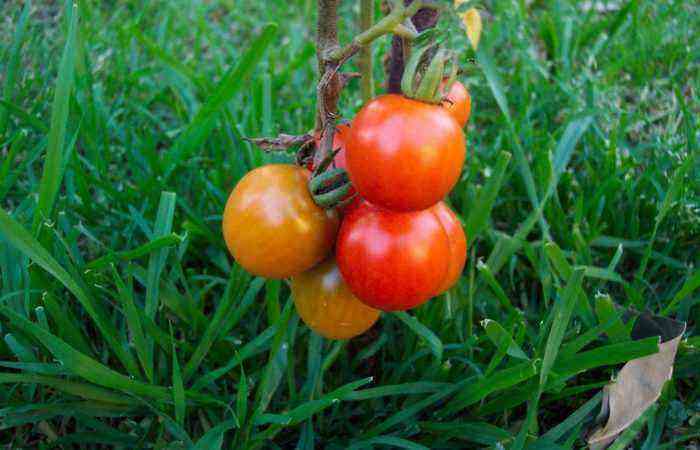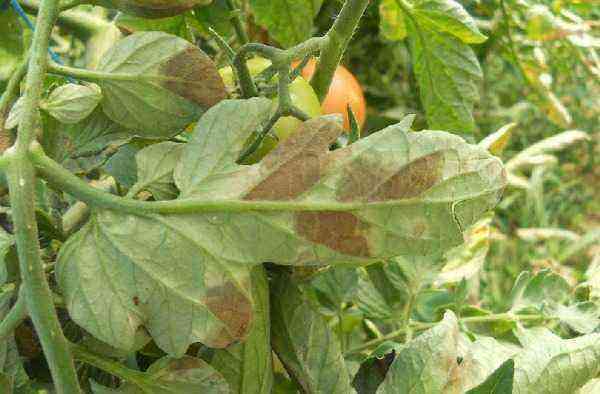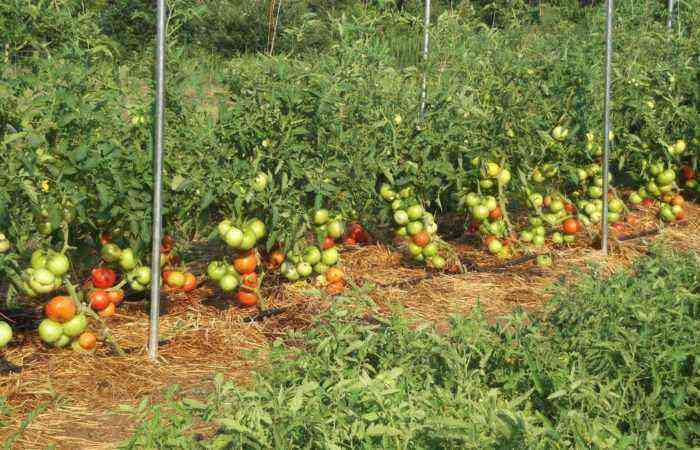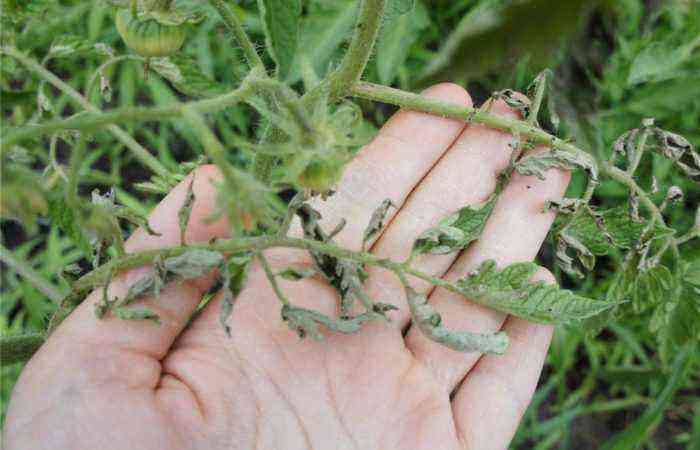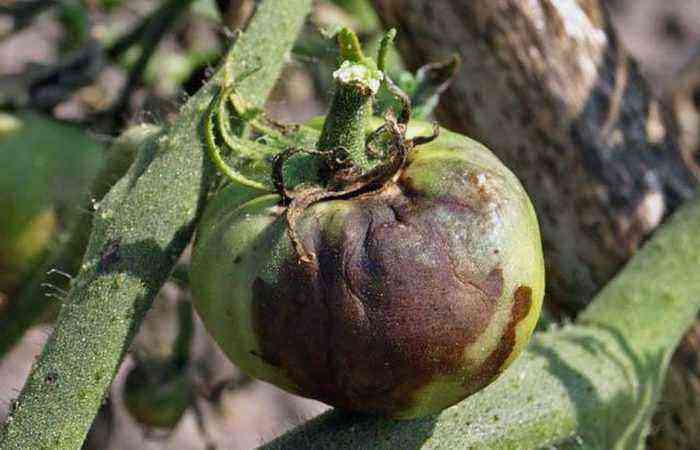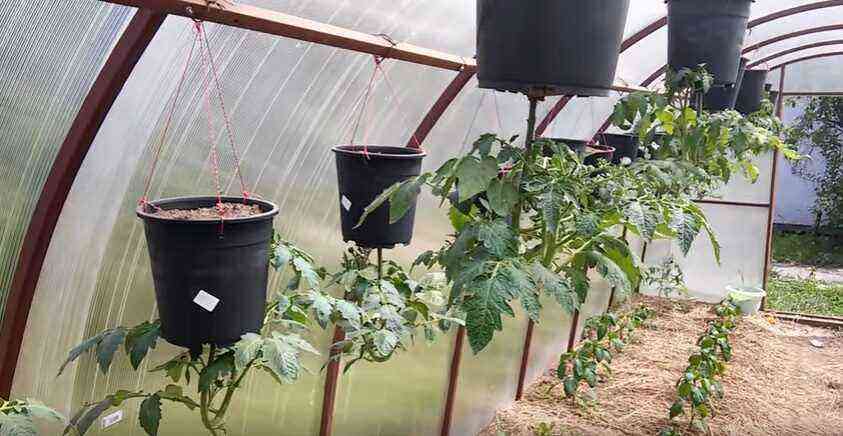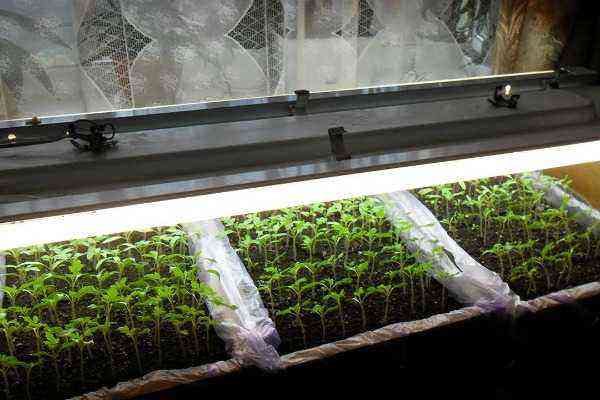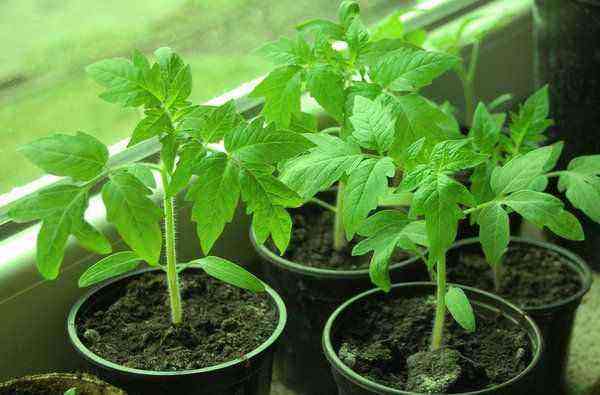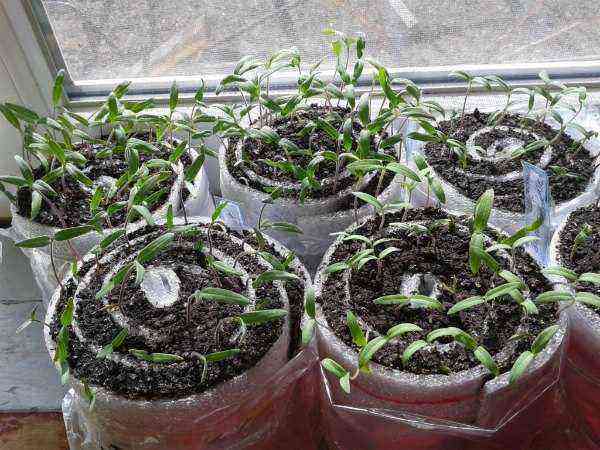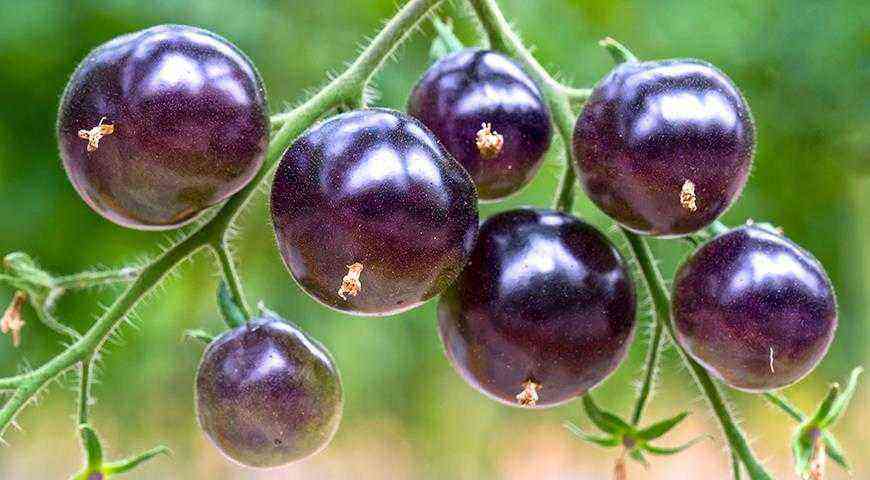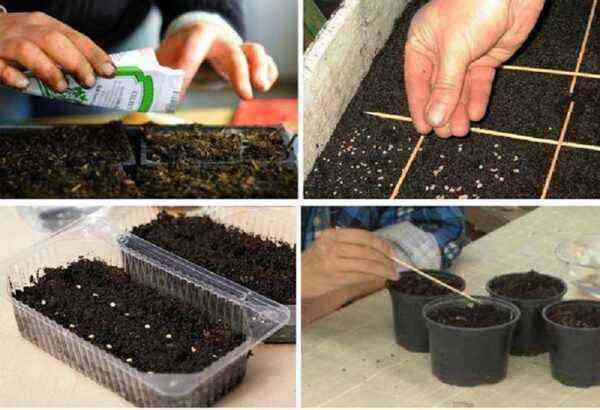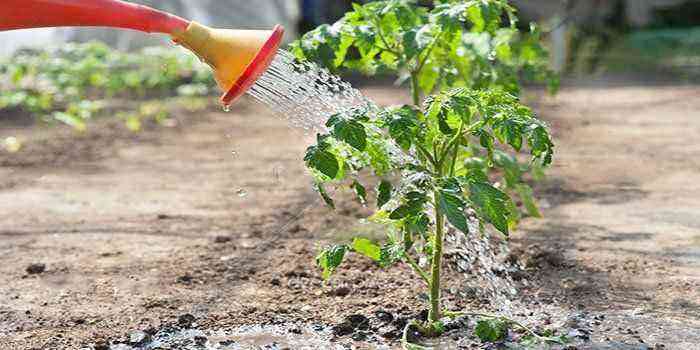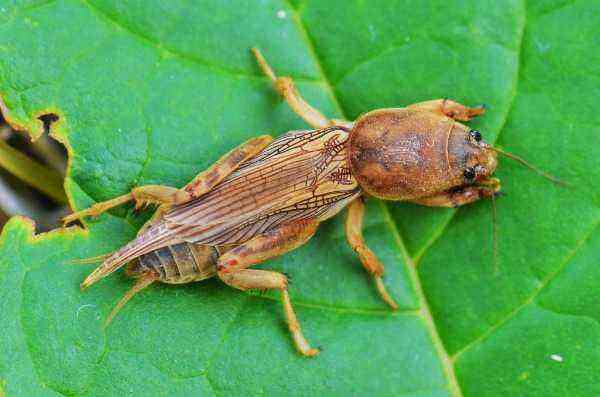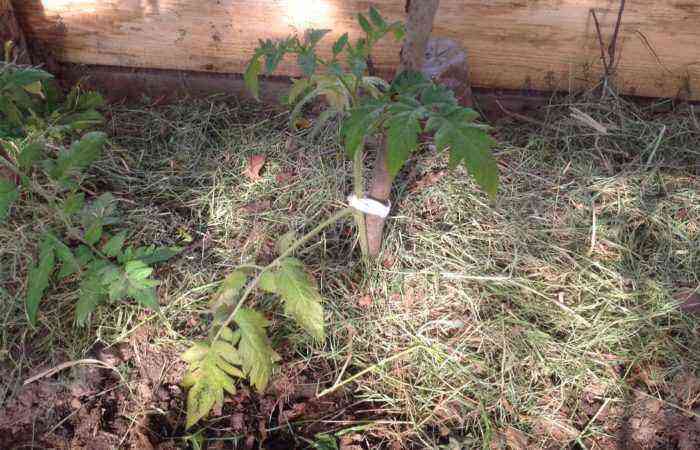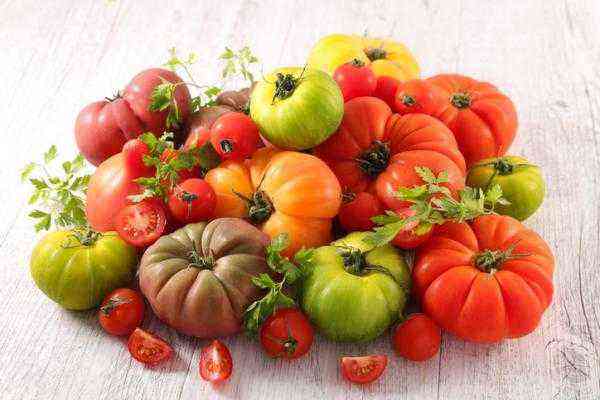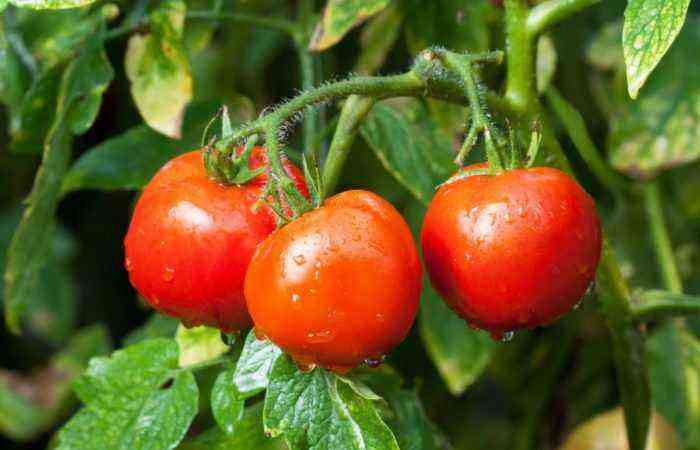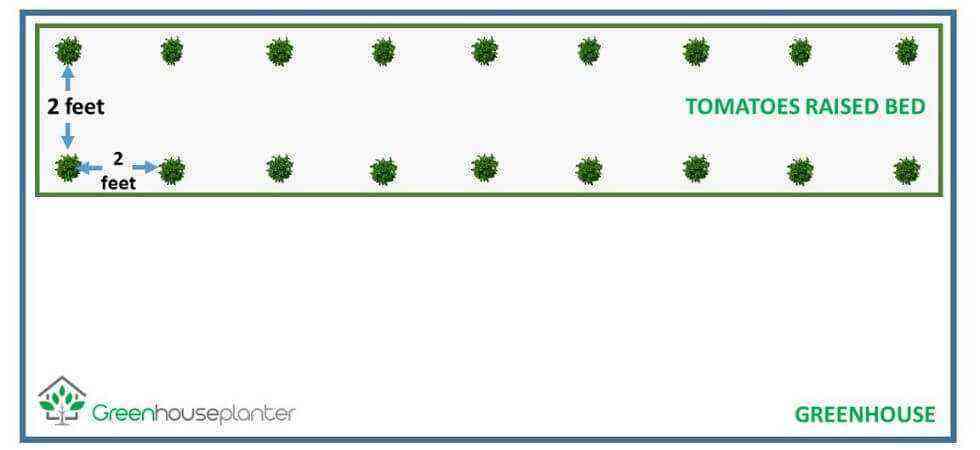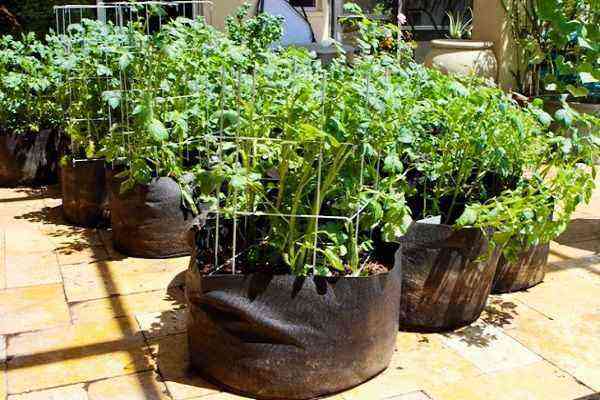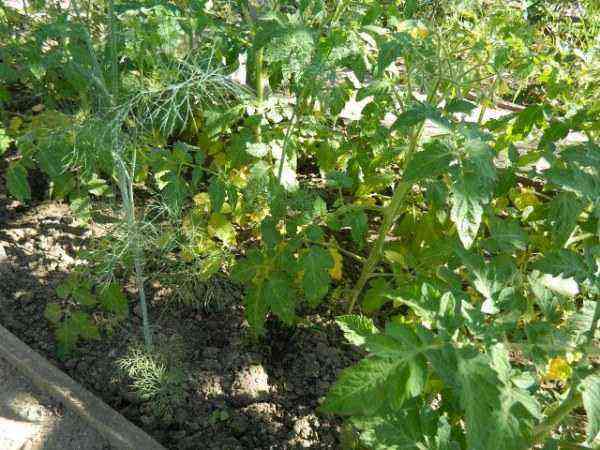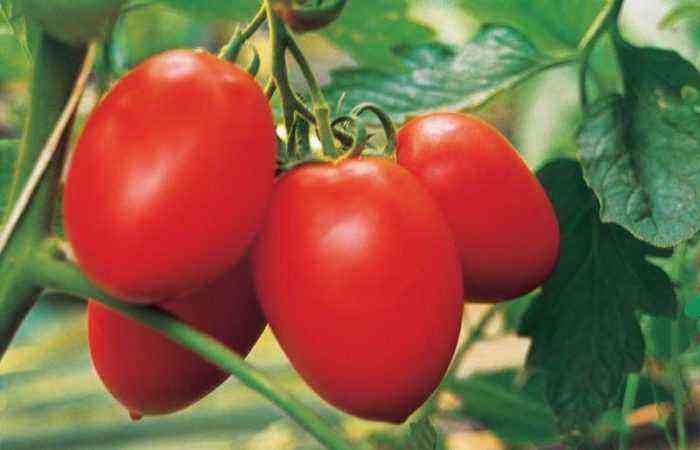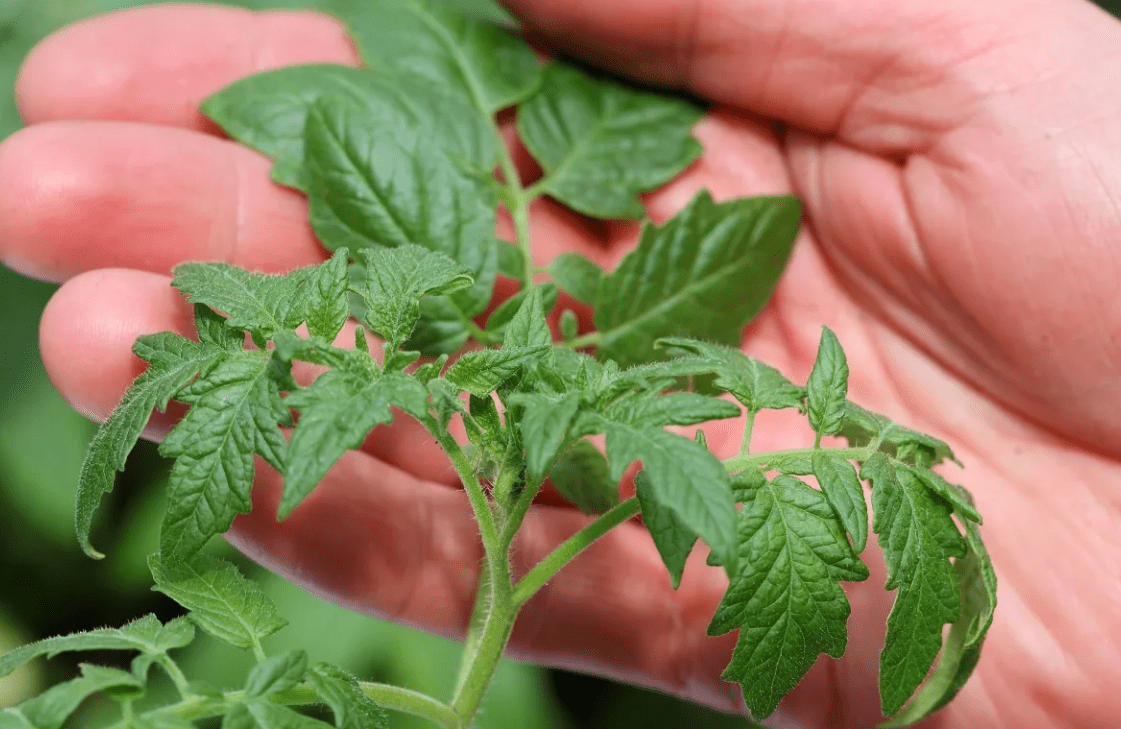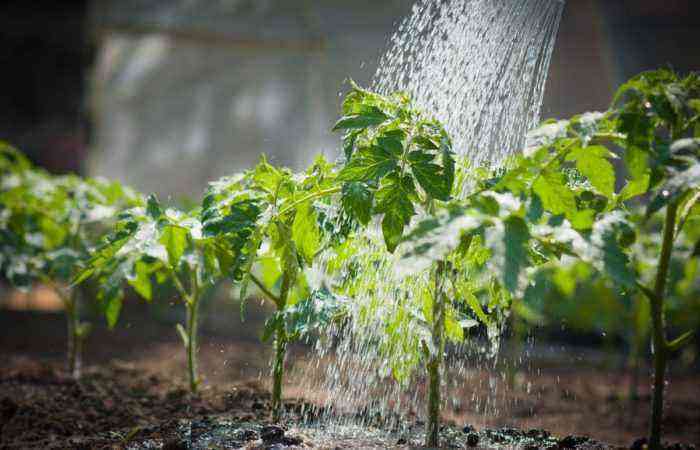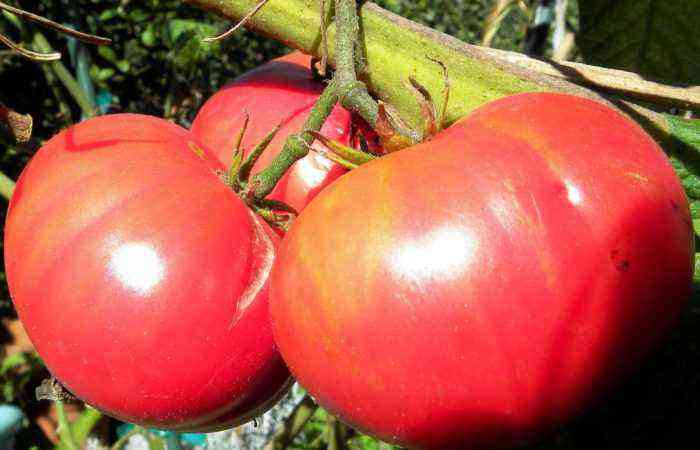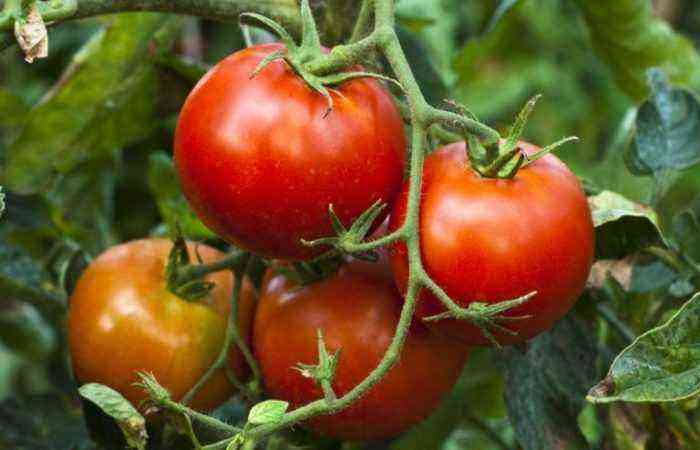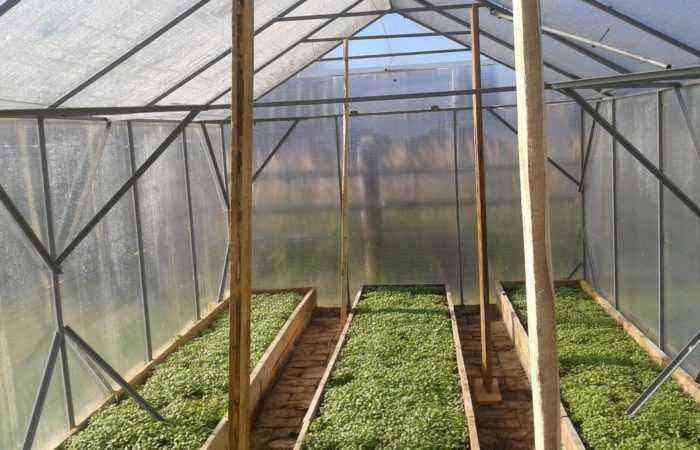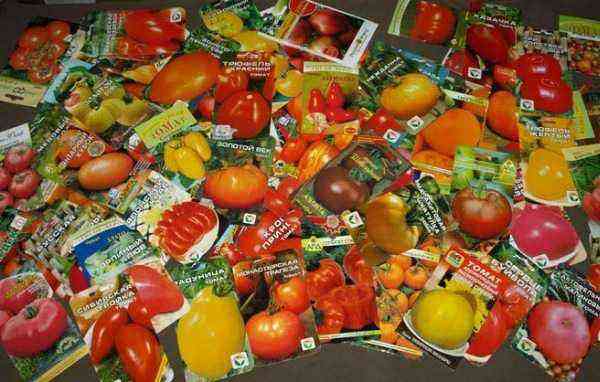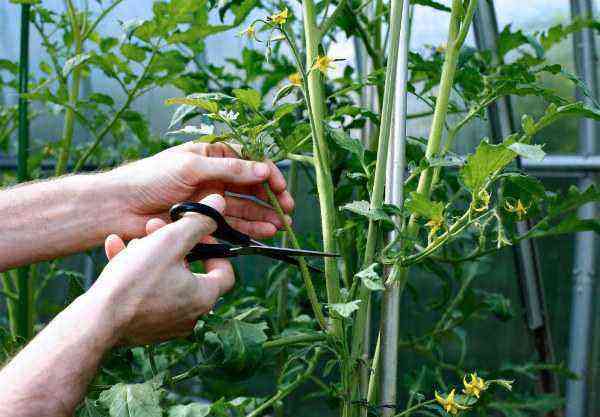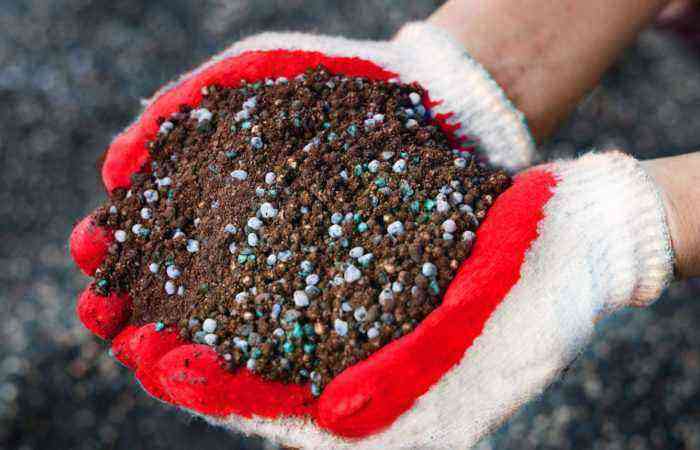Tomatoes from the “Beef” series differ from their large-fruited counterparts in the special structure of the pulp with increased fleshiness. No wonder they are affectionately called meat, because “beef” is borrowed from the English beef, which means “beef” in cooking.
The “parent” of this tomato variety is a farmer, originator from the USA, Johan Munster, who subsequently received an appropriate award for selection. Tomatoes of this type have weighty, fleshy fruits with some ribbing and have excellent taste. The weight of one “Beef” tomato, depending on its variety type, can reach up to 1,5-2 kg. However, due to their delicate texture, these tomatoes are not transportable and have a rather low keeping quality.
Seeds produced by Dutch breeders are very popular with both experienced agricultural businessmen and simple amateur vegetable growers. Tomato hybrid “Big Beef”, being the achievement of the Dutch seed producer MONSANTO, has improved characteristics among “beef” tomatoes and the most positive consumer reviews, so it is undoubtedly worth paying special attention to it.
Features and description of the hybrid “Big Beef”
The Dutch hybrid of the first generation “Big Beef F1” is an indeterminate type tomato that does not tend to complete its growth. It is characterized by the ripening of very large fruits, reaching 1000-1500 g, and when performing agricultural practices related to the removal of most flowering brushes on the plant, a record weight of a tomato can be achieved up to 2000 g.
The hybrid is mid-early, giving ripened fruits 100-115 days after the appearance of the first shoots. On average, Big Beef tomatoes have a mass of their fruits of 400-600 g, have a rounded flattened shape with a small amount of ribbing. The yield per square meter reaches 5-7 kg.
Tomato ripening occurs evenly, and in technical ripeness it has a rich red color without a pronounced light green spot at the stalk. In the context of “Big Beef” is 6 fleshy chambers of impressive dimensions.
With the indefatigable growth of Big Beef, he definitely needs a garter and a formation of 1-2 stems, where after every third leaf a flower brush will form, with about 3-5 fruits ripening on it. The hybrid is highly valued for its high content of sugars and lycopene, it is ideally resistant to all viral pathogens and is characterized by great endurance during transportation.
The variety of “beefs” and their differences
Varieties of “beef” tomatoes are quite diverse, among them there are fruits not only red, but also pink, yellow-orange, differing in height, ripening time and weight.
Mid-late indeterminate hybrid maturing in 125-145 days. It has fruits of a red saturated color scheme weighing 600-2000 g and yielding up to 5 kg per bush. Requires control of the ovaries in the hand. Salad type.
Variety type of medium ripening period, having a ripening period from the beginning of germination of 100-110 days. Its fruits are distinguished by a rich yellow color, a small weight of 150-180 g and a yield of up to 3,5 kg from one bush. Ideal for homemade preparations and used fresh.
This sort of “beef” was created by the originators of Altai. It has a limit in its growth up to 60 cm. The fruits are pale pink in color, flat-round with a weight index of up to 90 g. It is wonderfully cultivated in areas of risky farming.
A low-growing variety of the “beef” family, having growth rates of up to 75 cm and bright red fruits of a flat-round shape, reaching a mass of 350 g. The tomato is medium early with a ripening period of 100-110 days, mainly of a salad type.
An early hybrid, which, when carried out with competent agricultural practices, forms a powerful bush. The bright pink tomatoes ripening on it reach a weight of 250-300 g. It is distinguished by increased transportability.
Description of the advantages and disadvantages of the Big Beef F1 variety
“Big Beef” hybrid refers to a wide variety of “meat” tomatoes with improved agrotechnical performance. However, with considerable advantages, the tomato also has some disadvantages.
Main advantages:
- excellent yield;
- resistance to temperature extremes;
- resistance to most pathogens;
- excellent taste qualities;
- cultivation both in film shelters and in open ground;
- early maturity.
Minor disadvantages:
- cultivation requires experience in growing tomatoes;
- insufficient keeping quality of fruits.
Cultivation conditions
“Big Beef” feels comfortable both in open ground and in growing conditions in film and arched shelters.
In the open field
Tomato tolerates quite well low temperature conditions, which often occur when it is cultivated in open ground, however, the plant must be protected from frost. When planting seedlings in open ground, the bushes are placed at a distance of 40 × 60 cm, fixing them immediately to the supports.
“Big Beef” feels great in the open field of any region, giving ripe fruits 70 days after planting seedlings.
in the greenhouse
When planting “Big Beef” in film shelters, the seedlings should be slightly deepened, trying not to cover the root neck with earth. This procedure is done to obtain additional roots, which will serve as a stimulation for the maturation of a more powerful bush. Plants are arranged 2-3 pieces per square, performing all the necessary agricultural practices during the season.
Dive
The grown tomato seedlings must necessarily go through the dive process, which consists in transplanting each young plant into a separate container with nutrient soil with a volume of at least 0,5 liters. When picking, it is advisable to deepen the seedling into the ground to the root collar to stimulate the formation of additional roots.
Pasynkovanie
Removing unnecessary stepchildren on a tomato is a mandatory technique in agricultural technology, without which a good harvest and large fruits can not be expected. In order for Big Beef to please with an excellent harvest of giant tomatoes, it is necessary to remove all stepchildren on the plant, forming it into one stem, on which only 5-6 brushes with future ovaries should remain.
Garter
In the process of ripening, the large fruits of Big Beef can break off under the weight of their weight, and, lying on the ground without a garter, be attacked by pathogens that are primarily found in the soil. In addition, tied tomatoes are much better lit and ventilated. Therefore, the garter of tomatoes is a strict rule.
The most common tying methods are:
- wire frame construction;
- tying to stakes;
- creation of transverse trellises;
- stretching vertical trellises.
Additional fertilizing
The prepared soil mixture for planting Big Beef F1 seedlings into it must contain all the elements necessary for plant growth, including: phosphorus, potassium and nitrogen.
However, throughout the season, one should not forget about regular top dressing. These can be complex fertilizers purchased in specialized stores, or mixtures prepared independently from individual chemical components (25 g of superphosphate, 25 g of potassium, 15 g of nitroammophoska per 10 liters of water). With a solution diluted with water 1:20, carry out both root and foliar top dressing 1 time in two weeks.
Diseases and pests
The predominant trump card of “Big Beef” and “F1” is increased resistance to such pathogenic diseases as:
- verticillosis;
- fusariosis;
- late blight;
- cladosporiosis;
- tobacco mosaic;
- gall nematode.
Of the pests, the tomato can be attacked by: whitefly, garden and potato scoops. Slugs may be seen during particularly rainy seasons.
For pest control measures, drugs are suitable: Confidor Maxi, Aktara, Operkot.
Using the tomato “Big Beef F1”
“Big Beef”, having increased taste, will be an excellent solution for preparing various fresh salads and vegetable side dishes for meat dishes. This tomato can be baked with cheese on the grill or in the microwave. For canning it in its entirety, a tomato is not suitable due to its considerable size.
However, the fleshy fruits of Big Beef make excellent sweet tomato juice, pasta, lecho and sauces. Tomato is remarkably used in enterprises producing baby food.
On multiple pages of the Internet about the Big Beef F1 tomato, you can read only positive and rave reviews. And every gardener who has ever tried to grow this tomato on his plot will never refuse it because of its sweet, unique-tasting pulp and truly royal size.

